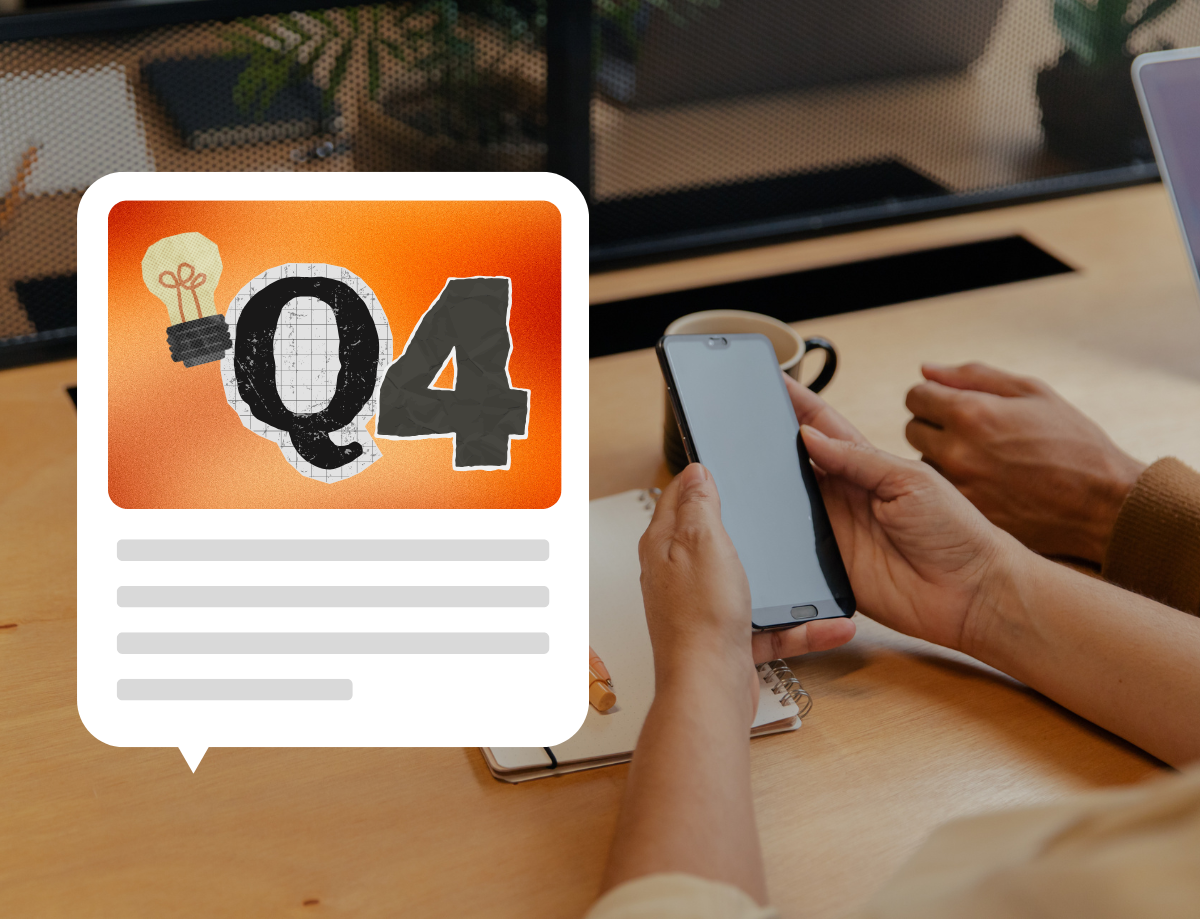Top Five Ways to Use First-Party Data in Your Marketing Strategy


Top Five Ways to Use First-Party Data in Your Marketing Strategy
First-party data has been a hot topic lately. In reality, first-party data has always been important. Knowing your customer’s information has always been beneficial. Before digital marketing allowed us to reach a wider audience than we had ever imagined, marketers were using customer information to make decisions.
There’s a high possibility that you have a first-party within your organization that you may not be aware of. Many times, departments do not communicate the data they are collecting with the whole organization. For example, is your sales team giving your marketing team the information they have on their leads? Is the marketing team pulling data out of the point of sale systems? Doing a company-wide audit of data within an organization is key to connecting with your audience.
Knowing who your customers are, their buying habits, and demographics makes it easier to reach them and retain them. Utilizing first-party data can help you double your revenue and save money on advertising.
Here are the top five ways to use first-party data:
1. Reach your existing customers with new offerings
Getting an existing customer to buy again from your business is much easier than finding a new customer. Acquiring a new customer can cost five times more than retaining an existing customer. Capitalize on this opportunity by sending your current customers emails, text messages, or target them with ads on new products you have launched.
2. Use your customer information to create personas to find new customers.
If you look at a list of your customers, you’ll likely find a lot of similarities. From these similarities, you can form different personas. For example, a brand like Target will have many personas they can group their customers into:
- Errand Runner – buys various household items and stops by frequently to pick up a few things
- Beauty Enthusiasts – Has frequent purchases of makeup and skincare items
- Fashionista – Wants to stay on-trend, purchases trendy new clothing regularly
- HGTV Junkie – Keeps their home decor fresh, buying seasonal items and new pieces frequently
Knowing this information, you can target potential customers with things people in these personas regularly purchase. You can create campaigns for home decor using the demographic data of the HGTV junkie and likely get better results than a generalized campaign.
3. Suggest products based on buying habits
If you remember one word from this blog, let it be PERSONALIZATION. If you know information about a customer – use it! Back to the example of Target, if you know the HGTV junkie purchases seasonal items, make sure they know what’s new in-store or online instead of waiting for them to find it. You’ll grow your revenue and develop the customer’s trust – because you have shown them you understand what they like.
4. Map the customer journey and create better user experiences
One advantage of first-party data is that it links your omnichannel marketing campaigns and gives you insightful information about where your customers are coming from and how they interact with your brand before, during, and after a purchase. This information helps you make better advertising decisions because you know what is working and who it’s working for.
After identifying where a customer originated, you can follow their path through your site before, during, and after purchase. This information allows you to see if the customer navigates the way you intended or if there are changes you need to make to the user experience, such as creating links or more visible buttons, relocating items on a page, or adding additional messaging to your desired action. You can also track what initiates the customer to come back to your site to make better advertising decisions to retain the customer.
5. Empower your customers to become your advocates
Once you’ve used your first-party data to create a loyal customer, incentivize them to help you grow your business. Encourage customers to share your products and brand with their friends and family. A personal recommendation is one of the best ways to attain a new customer. A common way marketers take advantage of this is by offering an exclusive discount, free product, or credit on their account for each new customer they bring to a brand by using their personalized link. Check out these great examples of incentivizing sharing: Robinhood, Grove, and FabFitFun.
Ready to build your own first-party database? Let’s get started!
Connect with TapOnIt
Interested in partenering with us?














.png)
